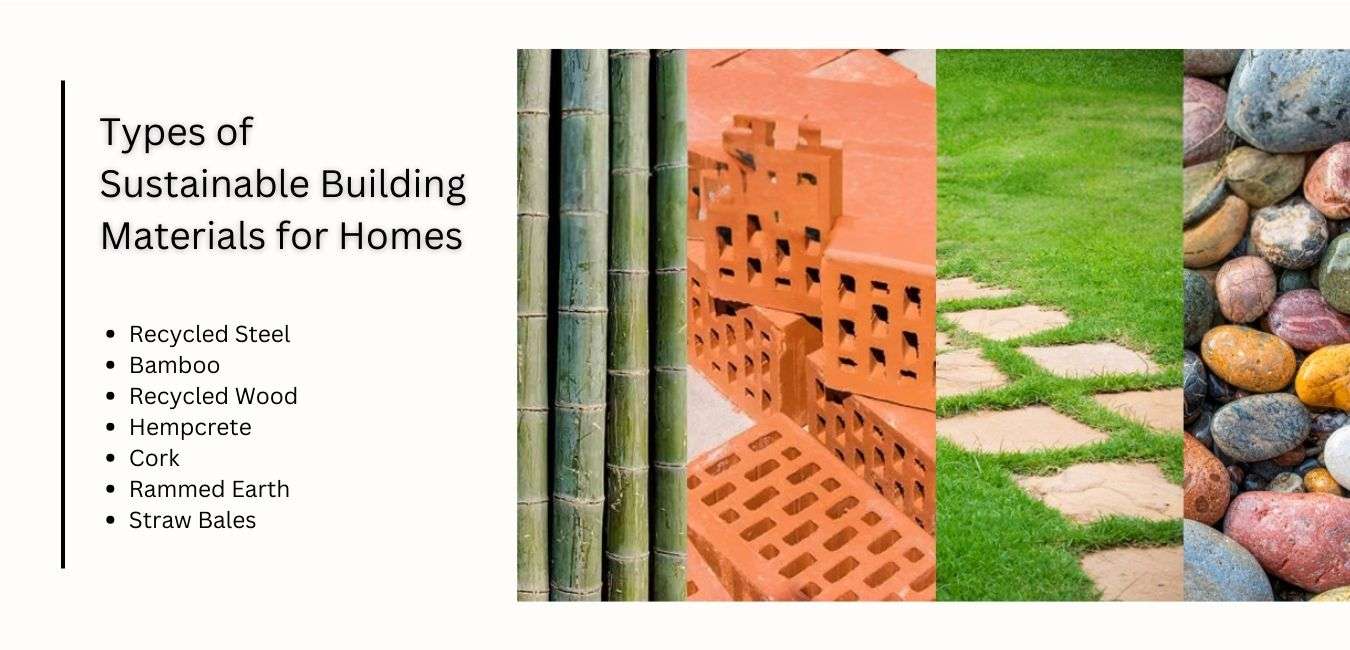Choosing the right building material is crucial for minimizing our environmental impact, and the quest for the most eco-friendly option continues to drive innovation in the construction industry․ Considerations extend far beyond just the immediate structure, encompassing the entire lifecycle from sourcing and manufacturing to transportation, installation, and eventual disposal or reuse․ Ultimately, the best choice depends on a variety of factors, including local availability, climate, budget, and the specific requirements of the project․ But what truly constitutes the most eco-friendly building material?
Understanding Eco-Friendliness in Building Materials
Before diving into specific materials, let’s define what makes a building material truly “eco-friendly․” Several key factors contribute:
- Renewability: Is the material sourced from a readily renewable resource, like sustainably managed forests?
- Embodied Energy: How much energy is required to extract, process, manufacture, and transport the material? Lower embodied energy is better․
- Toxicity: Does the material release harmful chemicals or pollutants during its lifecycle? Consider both construction and occupancy․
- Durability and Longevity: A durable material that lasts longer reduces the need for frequent replacements, minimizing waste․
- Recyclability and Reusability: Can the material be easily recycled or reused at the end of its life?
- Carbon Sequestration: Can the material actively absorb and store carbon dioxide from the atmosphere?
Top Contenders for Eco-Friendly Building Materials
Several materials stand out as strong contenders in the eco-friendly building material category․ Here are a few examples:
Bamboo
Bamboo is a rapidly renewable resource that grows quickly and requires minimal water and pesticides․ It’s strong, lightweight, and versatile, making it suitable for various applications, including flooring, walls, and structural elements․ However, proper treatment is crucial to prevent rot and insect infestation․
Hempcrete
Hempcrete is a bio-composite material made from hemp shives (the woody core of the hemp plant), lime, and water․ It’s breathable, insulating, and fire-resistant․ It also sequesters carbon dioxide during its growth․ While it’s not suitable for load-bearing walls in most cases, it’s an excellent option for insulation and infill․
Reclaimed Wood
Reusing existing wood reduces the demand for new timber, preserving forests and minimizing waste․ Reclaimed wood often has unique character and can add a rustic charm to buildings․ Sourcing can be challenging, and proper inspection for pests and structural integrity is essential․
Recycled Steel
Steel is one of the most recycled materials in the world․ Using recycled steel significantly reduces the energy required to produce new steel, lowering its environmental impact․ Steel is strong, durable, and recyclable, making it a good choice for structural elements․
Straw Bales
Straw bales are an agricultural byproduct that can be used as insulation or even as a primary building material․ They offer excellent thermal performance and are relatively inexpensive․ However, they require careful construction to prevent moisture damage and pest infestation․
Choosing the Right Material
Ultimately, there’s no single “best” eco-friendly building material․ The ideal choice depends on the specific project requirements, budget, climate, and local availability․ A careful analysis of the factors outlined above, along with consultation with experienced builders and architects, is essential․ The goal is to minimize environmental impact while creating a durable, healthy, and comfortable building․ While the perfect material may not exist, focusing on renewable resources and reducing the carbon footprint of construction is always a step in the right direction․ A key thing to remember is that it is important to choose the best eco-friendly building material for each specific project․







